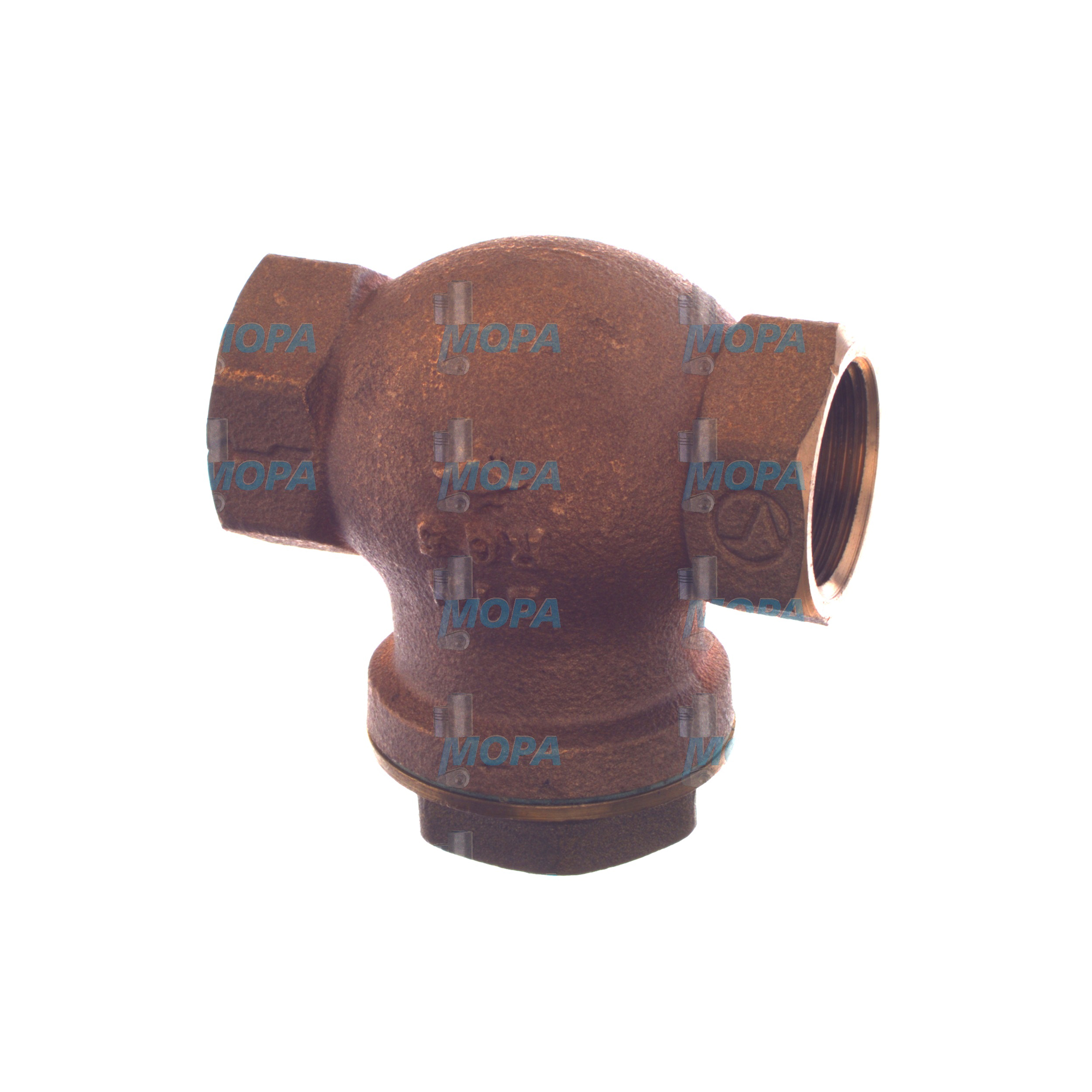NON-RETURN FLAP focus within the Other engine parts category
The article category Other brings together specialized auxiliary components that safeguard, direct, and stabilize media flows in diesel, gas, and marine engines. These are the parts that do not always fit into classic groups like fuel injection or turbocharging, yet they are indispensable for keeping engines running reliably and efficiently. Within this category, the NON-RETURN FLAP stands out as a critical flow-control element that protects systems against reverse flow, prevents damage, and stabilizes operating parameters across the engine’s subsystems.
Engine rooms and machinery spaces depend on a network of “Other” components—valves, flaps, seals, fittings, and safety elements—to coordinate air, exhaust, coolant, and lube-oil circuits. A NON-RETURN FLAP for a marine engine, for example, ensures that seawater, exhaust condensate, or ventilation air cannot move in the wrong direction and endanger equipment. For purchasers and shipowners, understanding the role of these components in the Other category is key to planning maintenance, controlling lifecycle cost, and protecting performance.
Technical function: how Other components and a NON-RETURN FLAP support engine operation
In practical terms, the Other category covers complementary parts with protective and directional functions. The NON-RETURN FLAP—also called a backflow flap or check flap—is a passive device that opens under forward flow and closes instantly when flow reverses or pressure equalizes. In a diesel engine cooling loop it blocks reverse circulation that could introduce air pockets or trigger cavitation. In a marine engine exhaust or ventilation duct it stops seawater spray or humid exhaust from flowing back toward the engine. In crankcase ventilation or charge-air lines, it stabilizes pressure, reducing the risk of compressor surge and safeguarding turbocharger components.
Construction commonly involves a hinged flap or spring-loaded disc, a precision seat, and a corrosion-resistant body. Materials vary by medium: 316/316L stainless steel for seawater, Ni-Resist or high-grade steel for hot exhaust zones, and elastomers such as NBR or FKM for seals compatible with oil mist and fuel vapors. Properly engineered units maintain low pressure drop in forward flow while ensuring fast, tight closure in reverse flow. A NON-RETURN FLAP diesel engine configuration will be sized for line diameter, flow rate, and allowable Δp, while a NON-RETURN FLAP marine engine configuration may add class-compliant fire resistance or splash-proof features. When sourced as NON-RETURN FLAP OEM parts, dimensional accuracy and seat geometry match the mating pipework and flanges, simplifying installation and ensuring repeatable performance.
- · Backflow protection in cooling, ventilation, and exhaust lines.
- · Low cracking pressure with minimal pressure loss in forward flow.
- · Fast closing behavior limits water hammer and surge risk.
- · Corrosion-resistant materials for marine and offshore duty.
- · Tight sealing surfaces reduce leakage and emissions.
- · Engineered compatibility with diesel and gas engine systems.
NON-RETURN FLAP details that drive reliability
The effectiveness of a NON-RETURN FLAP depends on seat hardness, hinge alignment, spring selection, and seal material compatibility. A misaligned hinge or worn pin can delay closure, and an eroded seat increases leakage under reverse differential pressure. In salt-laden environments, material selection prevents pitting and keeps the flap moving freely. Correct orientation and access for inspection are equally important so crews can verify closing action during routine checks.
Importance for engine operation: why Other components matter
Although categorized as Other, these components carry a direct impact on uptime and safety. If a NON-RETURN FLAP in a seawater line does not seal, backflow may flood the exhaust path, leading to cylinder hydrolock, bent connecting rods, or severe corrosion. In cooling systems, reverse flow can introduce air, reduce heat transfer, and elevate metal temperatures, accelerating wear. In ventilation or charge-air circuits, backflow can destabilize turbo performance, elevate emissions, and increase fuel consumption. Over time, even small leakages increase the duty on pumps and blowers, cutting efficiency and shortening service intervals.
Common failure modes include fouling by soot or salt crystals, elastomer hardening, and hinge wear. Symptoms range from oscillating differential pressures to extended start-up times or unusual noise in pipework. Preventive maintenance and timely replacement using correctly specified parts from the Other category preserve the designed flow direction, protect equipment downstream, and stabilize operating margins.
Advantages of OEM spare parts suitable for Other components
For decision-makers managing fleets and power plants, choosing OEM spare parts suitable for the Other category pays off across performance, reliability, budget, and service life. These parts are built to the intended dimensions and tolerances, ensuring precise fit with existing piping, brackets, and ducts. That precision minimizes installation time and reduces the risk of leakage or vibration-induced failures.
Material specifications match the intended medium and temperature window, supporting longer intervals between overhauls. Consistent seat finishes and sealing profiles deliver predictable closing forces and repeatable tightness, which directly influence energy efficiency and safety. Documentation and traceability help standardize maintenance records, while alignment with the engine builder’s design parameters lowers the risk of unplanned downtime and the associated costs.
What this means in daily operation
With OEM spare parts suitable for Other components—especially items like a NON-RETURN FLAP diesel engine or NON-RETURN FLAP marine engine assembly—crews can rely on consistent pressure behavior, reduced rework, and stable emissions figures. Inventory planning is simplified because parts perform uniformly, making service intervals more predictable and protecting the total cost of ownership.
MOPA as your partner for OEM spare parts in the Other category
MOPA supplies OEM spare parts for the Other category with a focus on speed, quality, and security in the trade of OEM parts for diesel and gas engines. Customers benefit from fast response times, knowledgeable support that maps parts to engine type and serial number, and secure logistics for global operations. MOPA’s network and process reliability reduce lead times and help keep critical equipment online, whether you need a NON-RETURN FLAP OEM parts kit, associated seals, or complementary flow-control components.
Conclusion
The Other category covers the protective components that quietly safeguard your engine—none more representative than the NON-RETURN FLAP. By preventing backflow and stabilizing system pressures, these parts preserve performance, uptime, and safety. Selecting OEM spare parts suitable for the Other category ensures precise fit, durable materials, and consistent behavior over the engine’s service life.




